Ever feel like your intel work is never really done? There’s always another dataset to chase, another stakeholder to brief, another insight that could make your recommendations just a little stronger. The challenge is knowing where to focus so your efforts deliver the greatest long-term impact – not just quick tactical wins.
That’s where strategic planning comes in. By connecting your intelligence work to broader business strategy, you move beyond short-term firefighting and help shape the decisions that truly define your company’s competitive edge.
In this article, we’ll explore:
- Why competition and strategy are so closely linked
- How to get CI involved throughout the strategic planning process
- Practical steps for carving out time and capacity to work more strategically
Why competitive and corporate strategy must align
Competitive and corporate strategy should really be one and the same. Competitive strategy should be driven by the same person leading corporate strategy – and corporate strategy shouldn’t be created without input from competitive intelligence.
When everyone’s aligned around a single strategic direction, the benefits go far beyond efficiency. You start removing the confusion, duplicated efforts, and competing priorities that often creep in when teams aren’t on the same page.
Here are three of the biggest advantages that come from getting that alignment right:
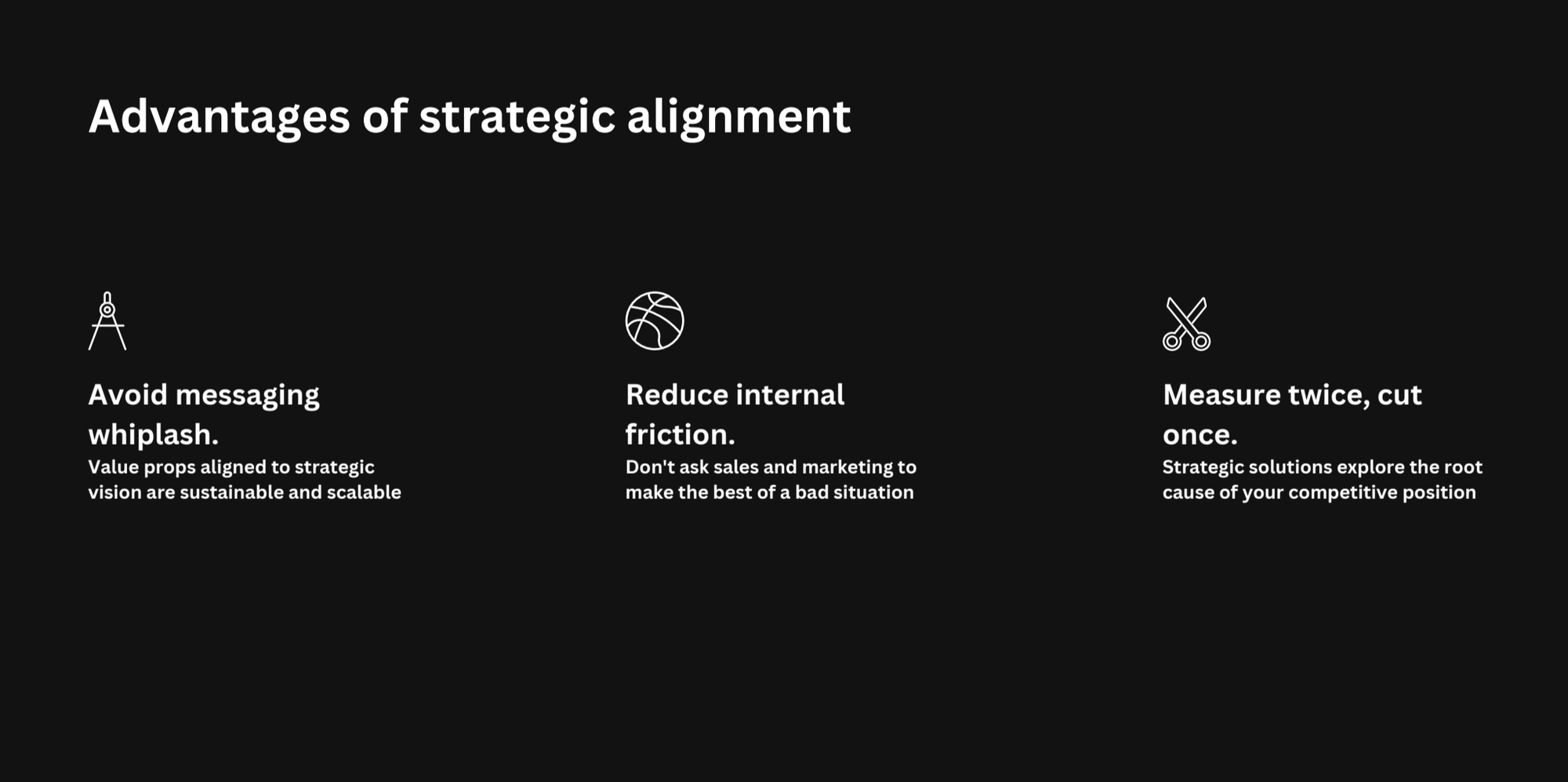
1. Avoid messaging whiplash
The first benefit is avoiding what I like to call messaging whiplash. This happens when, as an analyst, you seize on an apparent competitive advantage and quickly build it into your approach – without considering its long-term sustainability or its role in your company’s broader strategy.
For example, if the business shifts away from that advantage – say, by charging premiums for features that used to be included in bundled packages – you might find yourself jumping from one value proposition to the next with no clear connection or overarching vision.
The result? Extra work, more confusion for your stakeholders, and a market that doesn’t really know what your story is.
2. Reduce internal friction
Internal friction can crop up in other ways, too. When the corporate strategy overlooks or downplays opportunities surfaced by CI, it creates ripple effects throughout the organization.
Sales and marketing teams end up compensating for those gaps, basically applying duct tape instead of addressing the root causes. You can’t build sustainable, long-term value that way.
3. Measure twice, cut once
Perhaps the biggest impact of alignment is on productivity. When everyone’s aligned strategically, you avoid wasting time revisiting decisions or reworking assumptions just to keep things moving.
It’s the old “measure twice, cut once” principle – if you address potential missteps early, at the strategic level, you won’t have to fix them later.
And that’s really the common thread here: when your intelligence work focuses on solving problems at a strategic level, you can eliminate a whole range of downstream issues with a single, well-informed action.
How to create space for strategic CI work
It’s easy to get caught up in the day-to-day grind of tactical work – constantly responding to requests, updating materials, and keeping teams informed. But to have a real strategic impact, you need to carve out time and space for strategic planning.
The key is to economize your tactical efforts: find ways to sustain the same quality of outcomes while reducing the time and effort it takes to produce them. Let’s explore three ways to do just that.
Automate monitoring
Automation is top of mind for many teams right now, but it doesn’t have to mean expensive software or complex systems. In fact, starting small is often far more effective – especially if your team is still proving its value or working with limited resources.
Begin with a simple checklist of sources to monitor for each update, and record what you find – even when there’s nothing new to report. Tracking “no significant changes” helps reveal long-term patterns and gives you valuable historical context.
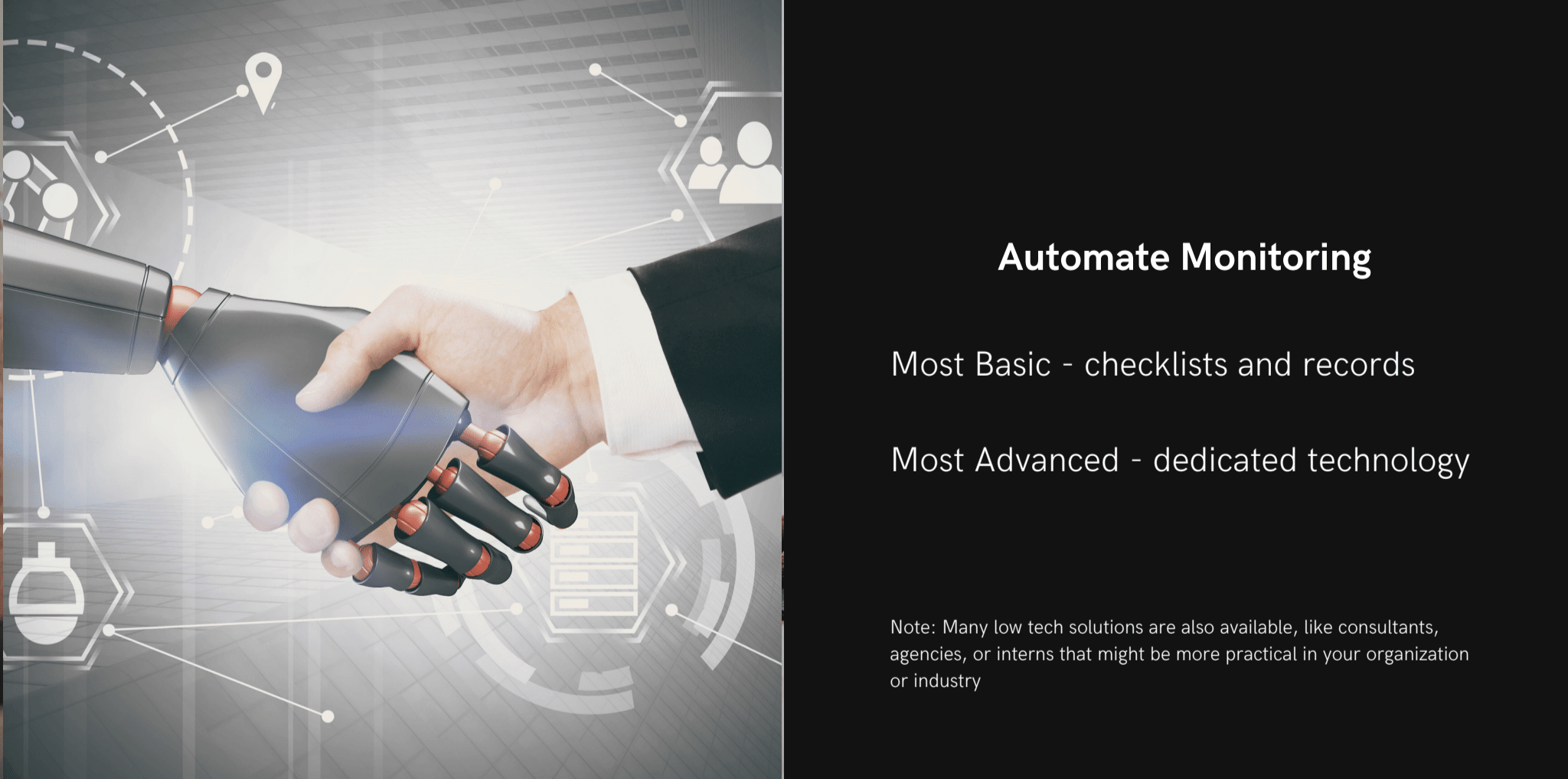
And remember, automation isn’t just about tools. People can play a big role too – consultants, agencies, or interns can all help share the load and keep your monitoring consistent without stretching your bandwidth.
Crowdsource intelligence
Speaking of people, let’s talk about crowdsourcing competitive intelligence. We all do it to some extent, but very few of us do it intentionally or effectively. The goal is to move from being treated like a human search engine to being seen as a connector and facilitator of insight.
Once someone DMs you with a question that they could’ve Googled, it’s already too late. Be a good teammate and help, of course, but try to make those conversations public so others can benefit. Keep discussions in shared channels where people can search and reference them later. Don’t hesitate to tag others in and invite their input – your role isn’t to know everything, but to know who knows what.
As you do this, analyze the perspectives emerging in those discussions. You’ll start to notice where consensus exists and where opinions diverge.
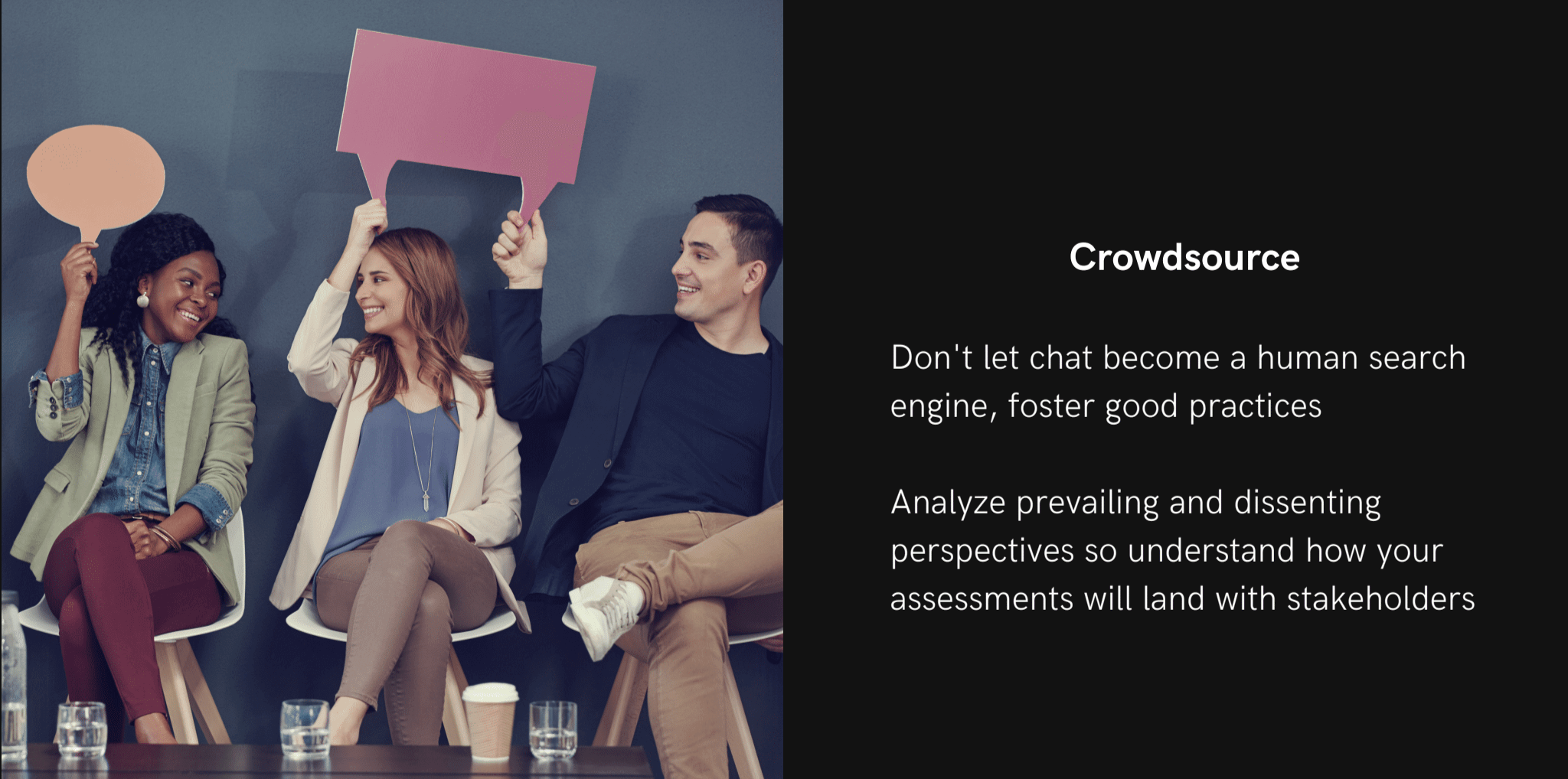
If your executive stakeholders occasionally chime in, that’s gold. Their comments give you insight into how they think about certain topics. You don’t need to absorb their biases, but understanding their perspective helps you position your findings appropriately during your strategic engagements.
Nurture partners
Partnerships are key to scaling your impact – especially with teams that control how insights reach stakeholders. Sales enablement is the classic example, but don’t forget content marketing, product, or regional sales leaders.
To make space for strategic planning, you can’t spend all your time creating tactical materials like battlecards and comparison sheets, but you also can’t hand them off entirely.
The sweet spot lies in co-creating content with your partners. Set up templates for key workstreams and walk your partners through when and how they can contribute. Make collaboration easy – that’s what keeps relationships alive.
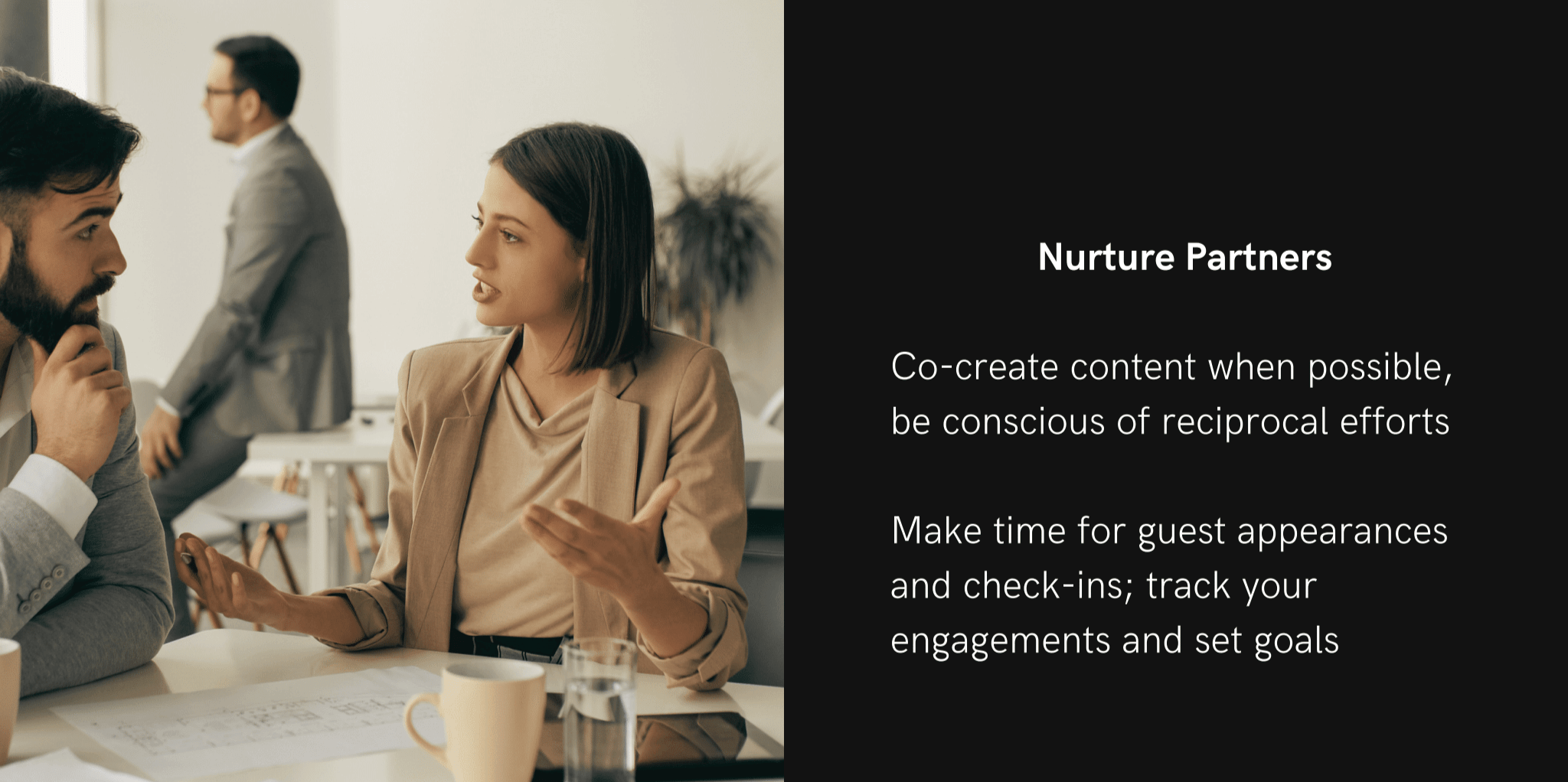
Even if co-creation takes some upfront investment, it pays off in efficiency and trust. Being a good partner is an efficiency gain in itself. Set goals for who you want to meet with, how often, and what you want to achieve together. Whether it’s a specific project outcome or a behavior change within their team, track those engagements and manage them like relationships in analyst relations.
At the end of the day, shaving time off tactical work is often about reclaiming small chunks of time across many small processes. That’s much easier than trying to compress one massive, cross-functional project. By creating efficiencies here, you’re buying yourself the space to focus on strategic planning – the kind of work that truly moves the needle.
Guiding principles for integrating CI into strategic planning
Once you’ve done the hard work of streamlining your workflows and freeing up time to think strategically, the next step is actually getting involved in your organization’s strategic planning process.
Unfortunately, there’s no one-size-fits-all guide for this. Every company has its own culture, cadence, and approach to planning. You can’t take an outsider’s perspective here – you need to build your approach from the inside out, in a way that fits how your organization operates.
The key is to avoid confusing “integration and alignment” with simply showing up and following someone else’s plan. You’ll need your own plan – one that defines your objectives and the steps to achieve them. Whether it’s just for you or shared across your team, that plan becomes your anchor point as you navigate strategic planning.
For me, three guiding principles have an outsized impact on how CI successfully integrates at the strategic level – and how it sustains that impact in daily operations. Those are sponsorship, alignment, and tempo.
Sponsorship: Get your foot in the door
Sponsorship is absolutely critical for getting things done in a large organization. Most of us have experienced what it’s like to push for progress without a sponsor – it’s tough. But sponsorship isn’t just about having senior support; it’s about shared responsibility and advocacy. With that in mind, here are three things to look for in a potential sponsor:
- Distinguished from other stakeholders: Unlike typical stakeholders who just consume your insights, a true sponsor shares ownership of your work’s outcomes. They don’t just take credit when things go well – they’re willing to take responsibility and act on your behalf when needed.
- Peers with senior stakeholders: The seniority of your sponsor also matters. If you’re briefing the CEO regularly, one of your sponsors should be a member of the C-suite. That’s not an absolute rule, but your sponsor should at least have the authority, capacity, and willingness to clear obstacles for you. Without that, it’s hard to make real progress.
- Provides guidance and feedback: Sponsors give you an invaluable window into how strategic decisions are made. It helps to have someone “in the room” who can flag when your work needs to shift or when a message won’t quite land. They provide context and feedback that you can’t get from documents or dashboards alone.
Alignment: Work smarter, not harder
Your sponsor might get you a seat at the table, but staying there depends on the value you deliver – and that comes from strong alignment.
Alignment isn’t a one-time milestone; it’s an ongoing process of deepening your contribution and meeting evolving needs. Here’s how to make that happen:
- Layer insights into existing processes: Start small by weaving CI into existing company rhythms. Add a few slides to QBRs, drop a paragraph into a campaign plan, or share a short perspective in planning meetings. These subtle additions build credibility and get people thinking about how to collaborate with you.
- Identify demand for deeper insights: Track the requests that come your way and look for recurring themes. You don’t have to take on every ask – just notice when multiple teams start seeking the same information. That’s your cue that a bigger, shared need is emerging.
- Develop workstreams in response: Turn those recurring needs into structured workstreams. This transforms one-off requests into repeatable processes and signals that your CI function is maturing into a strategic partner.
Pitfalls and cautions
Of course, alignment has its risks. The biggest one is siloing. It’s easy for CI to slip into acting like an outside consultant – proposing ideas from across the table instead of collaborating side by side. Aim to be seen as a partner, not a vendor.
Another risk is swimming upstream – trying to overturn established strategies without the resources or insight depth to back it up. If a business unit spent two years building a strategy, two weeks of analysis won’t be enough to change minds. Focus instead on areas where you can make an immediate, meaningful difference.
Lastly, be mindful of scope. The potential reach of CI is enormous, and that can be a trap. Define clear boundaries so your efforts stay focused and feasible.
Tempo: Prioritize stability
When it comes to delivering intelligence, stability beats speed every time. A consistent rhythm – in tone, format, and timing – helps stakeholders know what to expect and keeps everyone focused. Frequent context switching makes it harder for analysts to think deeply and for decision-makers to trust what they’re seeing.
That’s why “real-time” intelligence, while tempting, often does more harm than good. Constant updates can trigger knee-jerk reactions instead of thoughtful reflection, trapping organizations in a cycle of activity rather than strategy.
The same problem appears in how we process information. When we skim huge volumes of data without pausing to evaluate it, we reinforce our own biases and mistake familiarity for understanding. Real insight comes from slowing down, going deeper, and taking time to connect the dots.
In the end, a deliberate, steady tempo isn’t just easier to manage – it’s what allows intelligence work to actually shape strategy instead of chasing it.
Tools and exercises for embedding CI into strategy
There’s no single template for integrating into strategic planning. However, there are a few techniques and exercises you can experiment with to strengthen your influence and make that integration smoother. Think of these as starting points you can adapt for your own context.
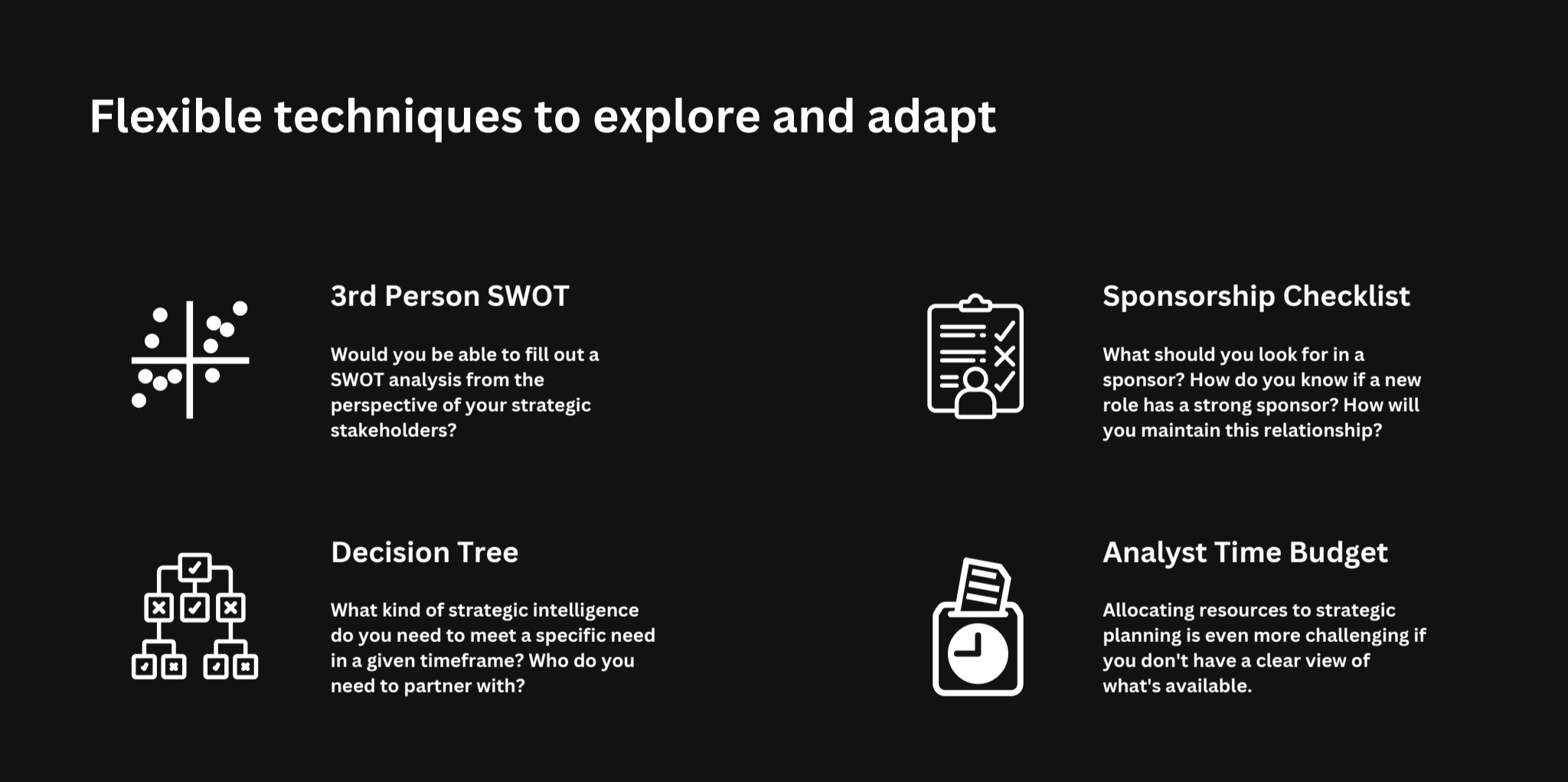
1. Third-person SWOT
Try running a third-person SWOT exercise – a classic framework with a twist. Instead of completing it from your own perspective, fill it out as if you were someone else in the business, like the head of sales or a regional leader.
This forces you to step into their mindset and better understand how they see the organization’s strengths, weaknesses, opportunities, and threats. It’s a simple but powerful way to build empathy, uncover blind spots, and anticipate how different leaders might react to your insights.
2. Sponsorship checklist
Create a short checklist for sponsors – either to clarify what you expect from them or to define what they can expect from you.
This can be especially valuable if you’re new to a role or building a CI function from scratch. Outline your goals, what support you’ll need to succeed, and how you plan to keep the relationship mutually beneficial. Don’t be afraid to articulate your non-negotiables – clarity here prevents misalignment later.
3. Decision tree
Decision trees are great tools for collaboration, but they’re even more effective when you use them to connect workstreams to strategic requirements.
By mapping out which CI deliverables or workflows address which needs, you can avoid reinventing the wheel every time someone requests “just one more custom report.” It helps standardize your response process and ensures consistency across projects.
4. Analyst time budget
Time is your most finite resource – so treat it like a budget.
An analyst time budget helps you visualize how much time your team spends on different activities. It’s a simple way to show leadership where your bandwidth goes, highlight inefficiencies, and make the case for shifting effort toward higher-value work.
Whether you use it to justify headcount, rebalance priorities, or simply stay accountable to yourself, this tool can be an eye-opener for how effectively your team’s time is being used.
Key takeaways
Competitive intelligence has the most impact when it moves from reactive to strategic – when you’re not just gathering information but shaping how your organization thinks and plans.
Making that shift doesn’t require a complete overhaul; it’s about small, intentional steps that free up time, build alignment, and keep your insights connected to the bigger picture.
Here’s what to remember:
💡 Think strategically, act deliberately: Focus your time and energy on the insights that influence long-term decisions.
⚙️ Streamline before you scale: Simplify tactical work and prove value before investing in new tools or processes.
🤝 Build strong partnerships: Collaborate across teams and co-create whenever you can – it amplifies your reach and impact.
🧭 Find your sponsor: Work with leaders who can advocate for your team and help you plug into strategic planning.
🕰️ Protect your tempo: Stay consistent and go deep – thoughtful, well-timed insights always beat a flood of quick updates.
This article is based on Sam Rinaldo’s brilliant talk at the Competitive Intelligence Summit, 2023.




.png?v=cdc8009347)